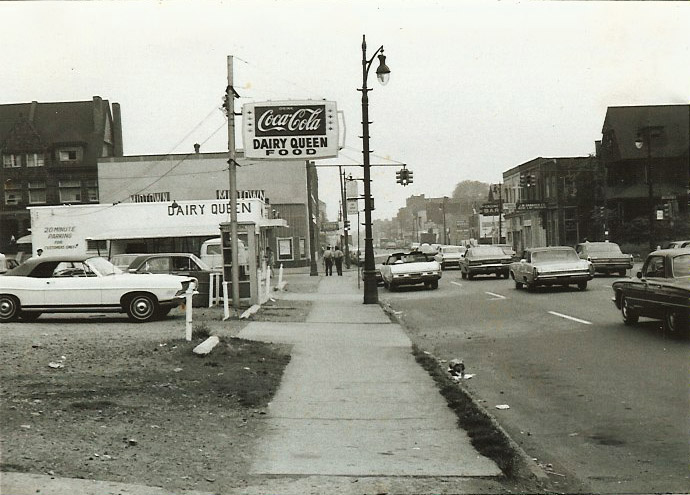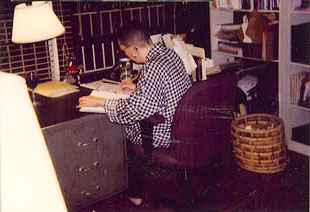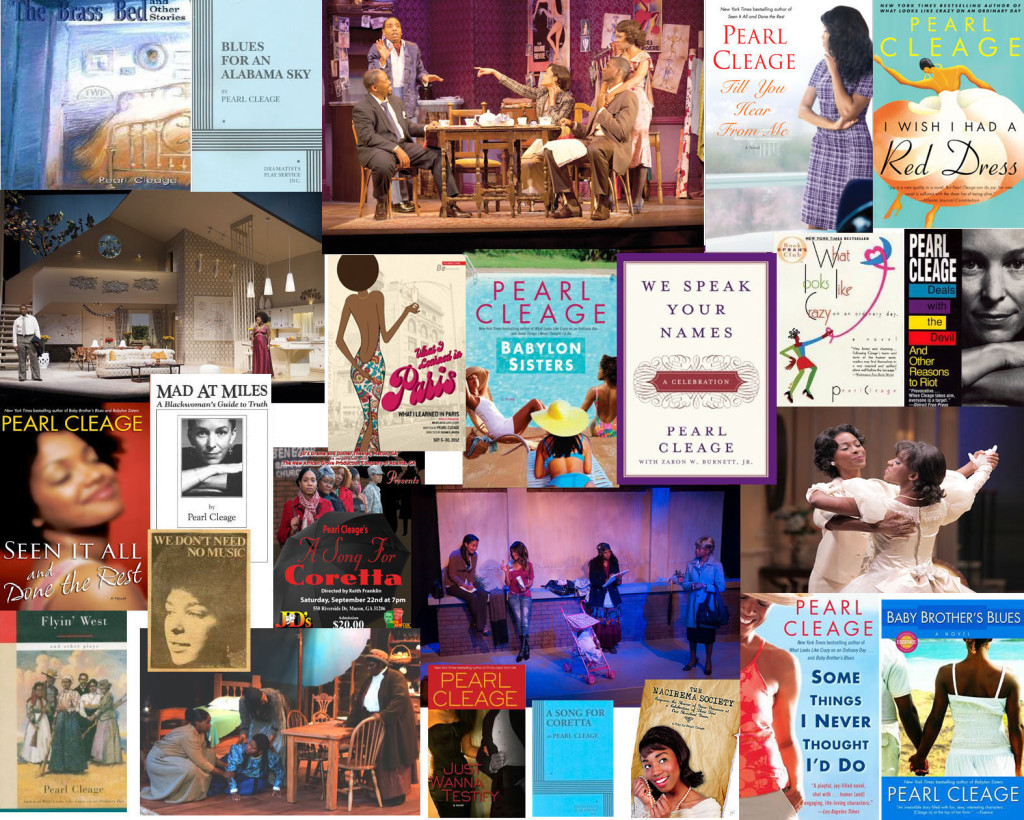This is the 18th post in the February Photo Collage Festival and the Family History Writing Challenge. I am doing four posts about some of the places that I didn’t cover in the Alphabet Challenge last year. Today I am going to remember 4315 Third Avenue, Detroit, where my husband, Jim, lived for several years while I was a student.

When I met Jim in 1966, he was sharing a flat near Wayne State University’s campus with Eizo. Eizo was slightly older than we were, taught math at WSU and was an artist. He was a Japanese American who had spent part of his childhood in a concentration camp during WW2. Jim and Eizo met when they were both members of the Congress Of Racial Equality. They organized tenant strikes and demonstrations against absentee, ghetto landlords. The store front downstairs was empty. One of Jim’s friends, Cebie, an art student and friend from Missouri, lived in the basement for awhile before he moved out and into the Artist’s Workshop.

One Friday, Jim asked me to go to a party with him but first he had to go do a radio play he was working on. We went to his flat and he left me there while he went for an hour to practice. This was the first time I had been there. When the phone rang I was afraid to answer it, not only because it wasn’t my place, but because I was half sure my mother knew I was there and was calling to fuss. It actually was Jim trying to call and tell me it was going to take longer than he thought.
As I was waiting night came and his roommate, Eizo, came home and asked if I was waiting for Jim or Bernard. Bernard? I didn’t know who Bernard was. While we waited for Jim to return he showed me his drawings. I said they reminded me of Cuba. He asked if I’d been to Cuba and I had to admit I hadn’t. I had just spent my high school years reading about and dreaming about it. His drawings were of California.
That summer, I worked at the Center for Applied Science and Technology. It was several blocks from Jim’s flat. Every morning before work I went by his house and everyday after work we would meet either at the student center in Mackienzie Hall and play chess or sit around the snack bar or at the Montieth Center, an old house that served as classrooms for Montieth College and also had a mimeograph machine and a lounge area. A friend of ours and fellow member of the African American’s Action Committee was the person in charge for the summer. We published A Happenin’ using their equipment.

I remember standing at the back door watching the kids come home from the swimming pool at the rec center down the street and the winos looking through the bottles in the alley for one that still had a sip in it. And the man in the apartment across the alley practicing the trumpet, badly.
I remember the colorfully painted wall over the kitchen table and the squash left in the oven way too long. I can see the room full of television sets in the little room with the skylight, that Jim was going to repair.
On August 30 I turned twenty. That evening I was at Jim’s, he had once again invited me out to a party. There were other people there too, five or six. After awhile he told me that he had planned to give me a surprise birthday party but not enough people had come. We sat around and talked for a bit and then all went to another party.
At the beginning of September there was a trip to New York planned. Several people were driving over for something. I wanted to go but my parents said absolutely not. Jim went and the people he was riding with had car trouble and he ended up stranded there. I don’t remember how he got back but I do remember I was waiting and waiting for him to get home. I was at his flat and his friend, Cebie was there. While we were waiting, Cebie made some mashed potatoes and we ate them with olive oil instead of butter. Finally Jim called and he had gone straight to the AAAC meeting without coming home first.
In the fall of 1966 Eizo moved out and got another place where he didn’t have to be surrounded by Jim’s bizarre friends. Not including me, of course. At that point Jim moved in some of Cebie’s cousins who, he says, were Robitussin addicts. They worked in downtown hotels. After they moved in, I stopped going by. Eventually Jim resorted to drastic measures to get them to move out – he stopped paying the heating bill. By that time it was November in Detroit and cold. One night he decided to build a fire in a trash can to heat the place up. Amazingly, it didn’t burn to the ground but there was so much smoke that he coughed his way outside. He made it across the freeway to the student housing at the edge of the Jefferies projects and found refuge with a couple of student sisters. That takes us to a whole different chapter of the story that we won’t be covering here.











